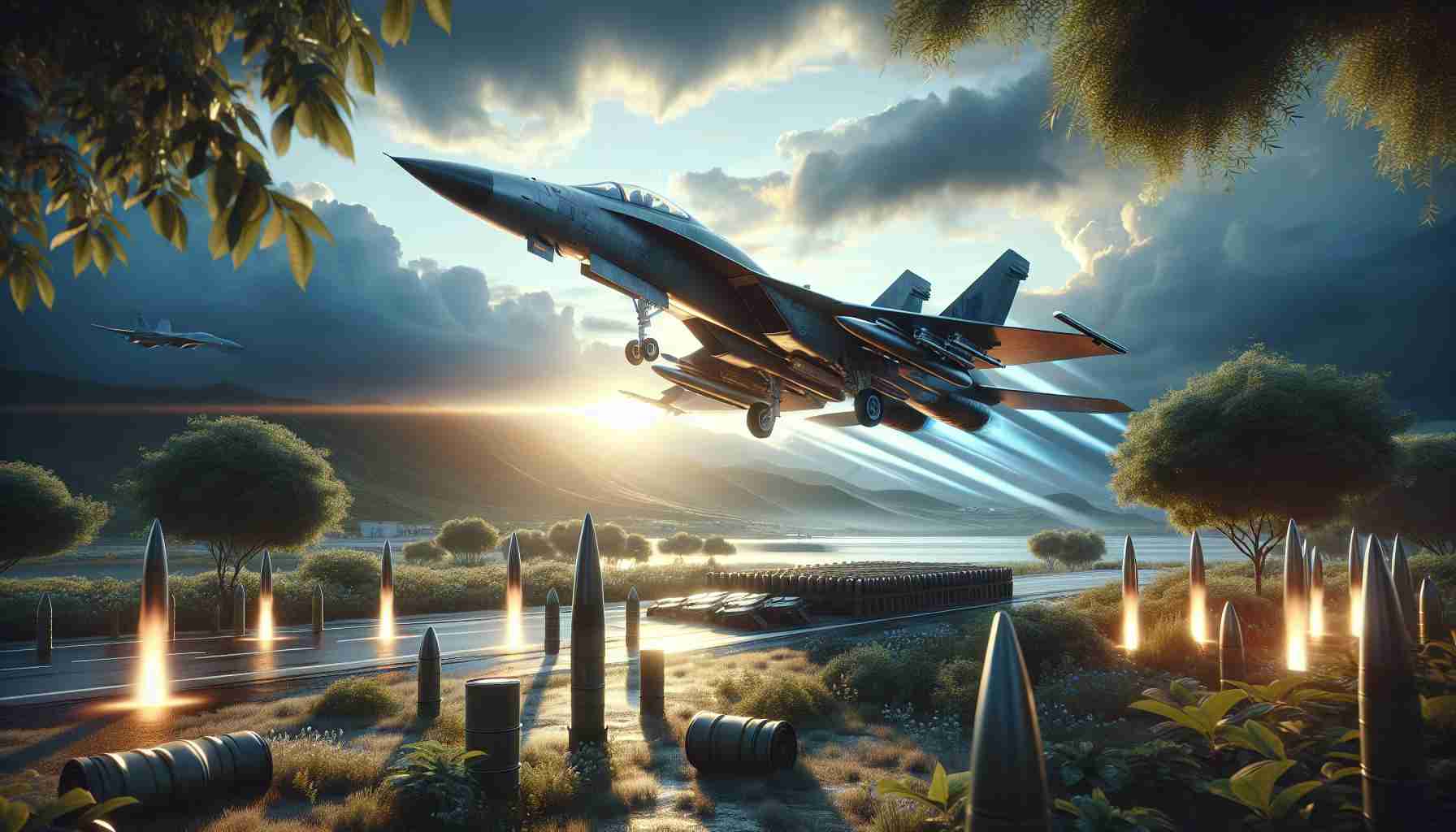Romania has made a significant move to enhance its military capabilities by signing a deal with the United States for the acquisition of 32 F-35 fighter jets. This agreement, valued at approximately $6.5 billion, marks a historic milestone for Romania, making it the country’s most substantial military procurement in modern history.
Strategic Alignment Amidst Global Tensions
Amid the prevailing global geopolitical uncertainties, Romania is taking proactive steps to bolster its defense systems. The acquisition of these cutting-edge F-35 jets is part of a strategic effort to ensure robust deterrence and defense mechanisms both nationally and as part of international alliances. The Romanian government underscores the vital need for such advanced military assets in maintaining security and resilience in the face of emerging challenges.
Delivery Timeline and Future Plans
The delivery of the F-35 jets to Romania is scheduled to commence in the early 2030s, signifying a long-term commitment to strengthening the nation’s military infrastructure. This deal positions Romania as the 20th nation globally to integrate the F-35 fighter jets into its armed forces, illustrating the aircraft’s significance in modern warfare strategies.
The investment not only bolsters national defense but also reinforces Romania’s standing as an active participant in collective security arrangements. As regional dynamics continue to evolve, Romania’s strengthened air force capabilities will play a critical role in ensuring stability and peace in the region.
How Romania’s $6.5 Billion F-35 Fighter Jet Acquisition Could Transform Global Military Dynamics
Romania’s recent decision to acquire 32 F-35 fighter jets from the United States for $6.5 billion is not just a significant step for its national defense but also a pivotal moment for global military alignments. This investment marks the largest military procurement in modern Romanian history and its impact is poised to reach far beyond Romania’s borders.
Technological Leap in Air Defense
The F-35 is one of the most advanced fighter jets in the world, noteworthy for its stealth capabilities, advanced sensors, and state-of-the-art avionics. With Romania joining the ranks of F-35 users, the nation is not only enhancing its defensive posture but also gaining access to cutting-edge military technology which can foster advancements in domestic aerospace industries. This technological leap can catalyze innovation and elevate Romania’s defense industry into a more significant player on the international stage.
Global Strategic Implications
With Romania becoming the 20th nation to incorporate the F-35 into its arsenal, this move signifies a strengthened military coalition underpinned by shared technology. It highlights the growing emphasis on multinational defense cooperation, especially within NATO. As nations face increasingly sophisticated threats, such collaborative measures are poised to shape global defense strategies by enabling rapid response and information sharing among allies.
Advantages and Challenges
While the acquisition ensures Romania’s defense modernization, it also propels the nation into an elite club equipped with next-generation aircraft, potentially enhancing its influence within NATO. However, the economic cost is substantial, requiring resources that might impact other areas of public spending. Moreover, reliance on complex technology necessitates comprehensive training and integration to maximize effectiveness – a challenge Romania must be prepared to undertake.
Future Possibilities and Questions
What new possibilities does this open for Romania’s military strategy? Will this lead to increased regional influence, and how can Romania ensure the sustainability of such a significant investment? Balancing these jets’ operation and maintenance while promoting economic growth is crucial. Additionally, this deal raises questions about regional power dynamics: how will neighboring countries react, and what does this mean for European security?
Potential readers seeking more insights into global military procurements can explore U.S. Department of Defense and for NATO implications and collective defense strategies, NATO is a valuable resource.
This development is a double-edged sword: while bolstering Romania’s defense and technological standing, it necessitates strategic foresight to navigate the complexities of modern military and geopolitical landscapes.







